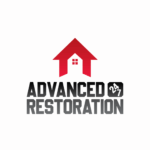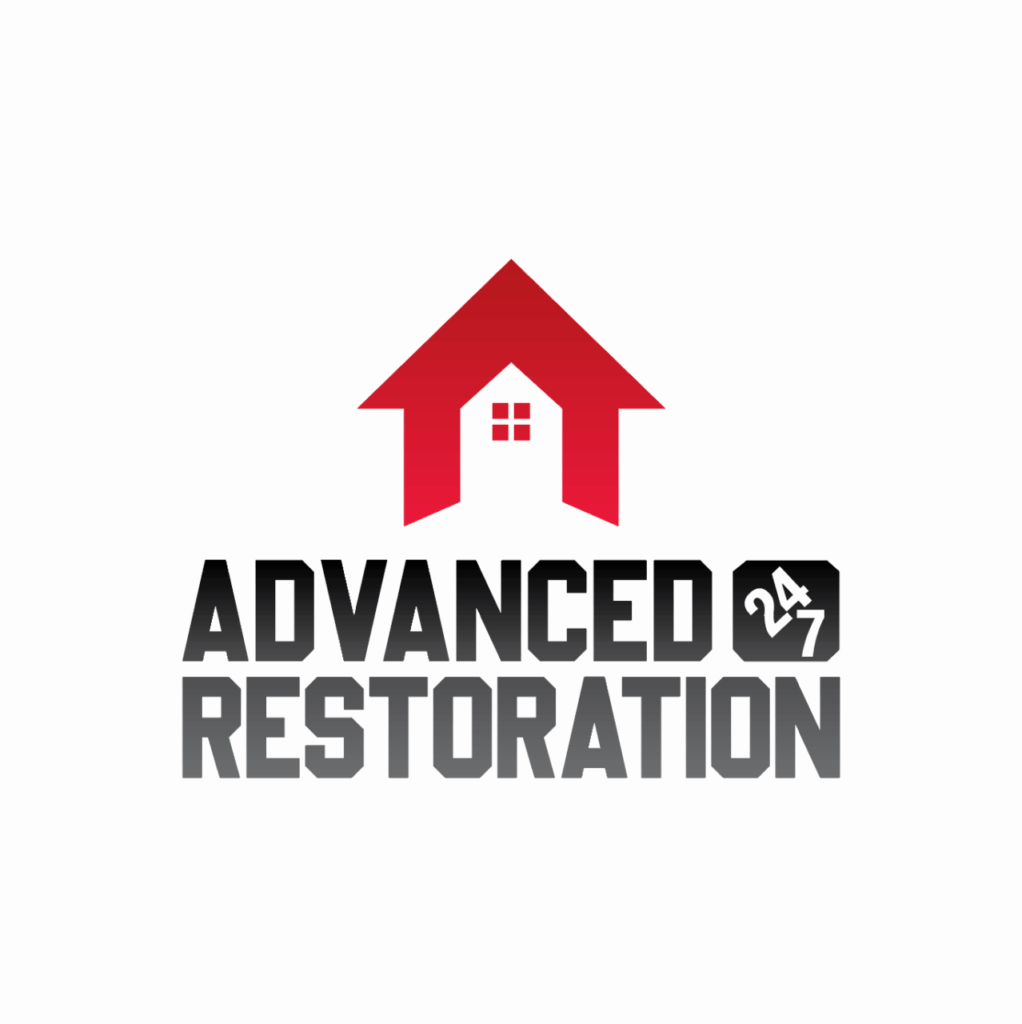To prevent mold, check for water damage often. Fix leaks promptly. Dry affected areas well. Improve ventilation and use dehumidifiers. Remove water-damaged materials and replace them with mold-resistant options. Keep humidity levels below 60%. Use exhaust fans in damp spaces. Clean and repair gutters regularly. Insulate pipes to prevent condensation. Monitor humidity levels and address issues promptly. Consider mold-resistant products like paint and drywall. Clean regularly and maintain HVAC systems. By following these methods, you’ll create an environment that discourages mold growth and protects your home.
Key Takeaways
- Regularly inspect for water damage to prevent mold growth.
- Ensure proper ventilation and use dehumidifiers in damp areas.
- Remove and replace water-damaged materials promptly.
- Keep indoor humidity below 60% and monitor moisture levels.
- Use mold-resistant products like paint and insulation in moisture-prone areas.
Inspect for Water Damage Promptly
To prevent mold growth, promptly check for any signs of water damage in your home. Leak detection is vital in identifying potential areas where mold can thrive. Inspect areas prone to leaks, such as the kitchen, bathroom, and basement, regularly. Look for any discoloration, water stains, or musty odors that could indicate hidden water damage. By addressing leaks promptly, you can prevent moisture buildup and subsequent mold growth.
Moisture control is key in mold prevention. Keep humidity levels in check by using dehumidifiers, especially in areas with poor ventilation. Make certain that any water spills or leaks are cleaned and dried within 24-48 hours to prevent mold from taking hold. Use exhaust fans in high-moisture areas like the bathroom to reduce humidity levels. Additionally, any plumbing issues should be fixed immediately to avoid water leaks that could lead to mold growth.
Dry Affected Areas Thoroughly
Thoroughly drying affected areas is essential in preventing mold growth after water damage. To effectively combat moisture and mold, it’s critical to make sure that all wet areas are completely dried. Here are some moisture control and prevention techniques to help you safeguard your home:
| Prevention Technique | Description | Benefits |
|---|---|---|
| Proper Ventilation | Ensure good airflow in affected areas. | Helps dry out moisture faster. |
| Dehumidifiers | Use dehumidifiers to reduce humidity levels. | Controls moisture in the air. |
| Absorbent Materials | Utilize materials like silica gel or activated charcoal. | Absorbs excess moisture effectively. |
| Air Circulation | Use fans to improve air circulation. | Aids in drying damp areas faster. |
| Monitoring | Regularly check moisture levels. | Helps detect and address issues early. |
Remove and Replace Water-Damaged Materials
After thoroughly drying affected areas, the next essential step in mold prevention is removing and replacing water-damaged materials. When it comes to safeguarding your home from mold growth, addressing water damage promptly is vital. Here are four important steps to guide you in effectively removing and replacing water-damaged materials:
Identify the extent of the damage: Inspect the area carefully to determine the full scope of the water damage. Look for signs such as discoloration, warping, or peeling of materials.
Remove affected materials: Take out any materials that have been extensively damaged by water, such as drywall, insulation, or flooring. Make sure that you dispose of these materials properly to prevent further mold growth.
Dry the area thoroughly: Before replacing any materials, make sure the area is completely dry. You can use dehumidifiers or fans to aid in the drying process.
Replace damaged materials with mold-resistant alternatives: When replacing materials, opt for mold-resistant options to help prevent future mold issues. Consider using mold-resistant drywall, paints, or flooring materials in areas prone to water damage.
Improve Ventilation in Damp Areas
Enhancing ventilation in damp areas is crucial for preventing mold growth in your home. Proper ventilation management is essential to reducing moisture buildup, which creates an environment where mold thrives. By allowing fresh air to circulate, you can help keep humidity levels in check, making it more challenging for mold to take hold.
To enhance ventilation in damp areas, start by opening windows and using exhaust fans when cooking or showering. These simple actions can greatly reduce humidity levels by allowing moist air to escape outside. Additionally, using dehumidifiers in areas prone to dampness can assist in humidity regulation, creating a less favorable environment for mold to grow.
Remember to check and clean air vents regularly to make sure they aren’t blocked, as this can hinder proper airflow. Consider installing vent fans in areas like bathrooms, kitchens, and basements to further improve ventilation management. These fans help remove humid air directly from the source, preventing moisture from settling on surfaces and promoting mold growth.
Use Dehumidifiers to Reduce Moisture
To further combat moisture in damp areas and inhibit mold growth, consider utilizing dehumidifiers as an effective tool for reducing humidity levels. Dehumidifiers play an essential role in humidity control and moisture management, aiding in creating an environment less conducive to mold development.
Here are some tips to maximize the benefits of using dehumidifiers:
Select the Right Size: Make sure you choose a dehumidifier that matches the size of the space you intend to use it in. An undersized unit may not effectively reduce humidity, while an oversized one could lead to excessive drying.
Regular Maintenance: Keep your dehumidifier in an ideal condition by following the manufacturer’s maintenance guidelines. Regularly clean the filters and empty the water collection bucket to prevent mold growth within the unit.
Strategic Placement: Position the dehumidifier in areas prone to high humidity, such as basements or bathrooms. Placing it near sources of moisture can help prevent mold from taking hold.
Monitor Humidity Levels: Use a hygrometer to track the humidity levels in your home. Aim for a relative humidity of around 30-50% to effectively deter mold growth.
Clean and Disinfect Surfaces Regularly
To keep mold at bay, make sure to clean and disinfect surfaces regularly. Not only does this practice maintain a hygienic environment, but it also helps you efficiently manage your cleaning schedule.
Surface Hygiene Importance
Regularly cleaning and disinfecting surfaces is essential for preventing mold growth in your home. To maintain a hygienic environment and keep mold at bay, consider the following tips:
Use Effective Cleaning Techniques: Wipe down surfaces with a mixture of water and detergent to remove dirt and grime that can harbor mold spores.
Apply Prevention Strategies: Seal cracks and crevices where moisture can accumulate, as mold thrives in damp environments.
Focus on High-Risk Areas: Pay extra attention to bathrooms, kitchens, and basements, as these areas are more prone to mold growth.
Regularly Disinfect Surfaces: Use a disinfectant to kill any remaining mold spores and maintain a clean living space.
Cleaning Schedule Efficiency
Maintain an efficient cleaning schedule by regularly cleaning and disinfecting surfaces to prevent mold growth in your home. Guarantee the effectiveness of your cleaning products by following the recommended usage instructions.
Establish a consistent schedule for cleaning and disinfecting surfaces, focusing on areas prone to moisture buildup, such as bathrooms and kitchens. By incorporating prevention techniques into your maintenance practices, you can greatly reduce the risk of mold development.
Remember to pay special attention to hidden or overlooked spots where mold can thrive, like behind furniture or in dark corners. Consistency is key in keeping mold at bay, so make it a habit to clean and disinfect surfaces routinely to create a healthy living environment for you and your loved ones.
Monitor for Signs of Mold Growth
Keep an eye out for any visible signs of mold growth in damp or humid areas of your home. Mold can be sneaky, so it’s essential to stay vigilant to prevent any major infestations. Here are a few tips to help you monitor for signs of mold growth effectively:
Regular Inspections: Take the time to inspect areas prone to mold, such as bathrooms, basements, and kitchens, at least once a month. Look for any discoloration, musty odors, or water stains that could indicate the presence of mold.
Monitor Moisture Levels: Keep track of the humidity levels in your home using a hygrometer. Ideally, humidity levels should be below 60%. If you notice any spikes in moisture, investigate the area for potential mold growth.
Address Leaks Promptly: Any leaks in plumbing, roofs, or windows should be fixed immediately. Moisture from leaks creates a perfect environment for mold to thrive, so quick action is pivotal in preventing mold growth.
Use Mold Resistant Products: Consider using mold-resistant paint, drywall, and insulation in areas prone to dampness. These products can help inhibit mold growth and make it easier for you to maintain a mold-free environment.
Summary
So there you have it – the best methods for preventing mold in your home! Remember, mold can start growing within 24-48 hours of water damage, so be sure to act quickly.
By following these prevention tips, you can keep your home safe and mold-free.
Stay proactive and keep your living space healthy!
Advanced 24/7 Restoration’s mission is to provide unparalleled care and support to our valued clients. Delivering the best solutions for your property restoration needs. Our vision is to be the top-rated damage restoration company in Denver, known for our exceptional services, professionalism, and dedication to customer satisfaction. Water damage, fire damage, flood damage, and more.
- This author does not have any more posts


